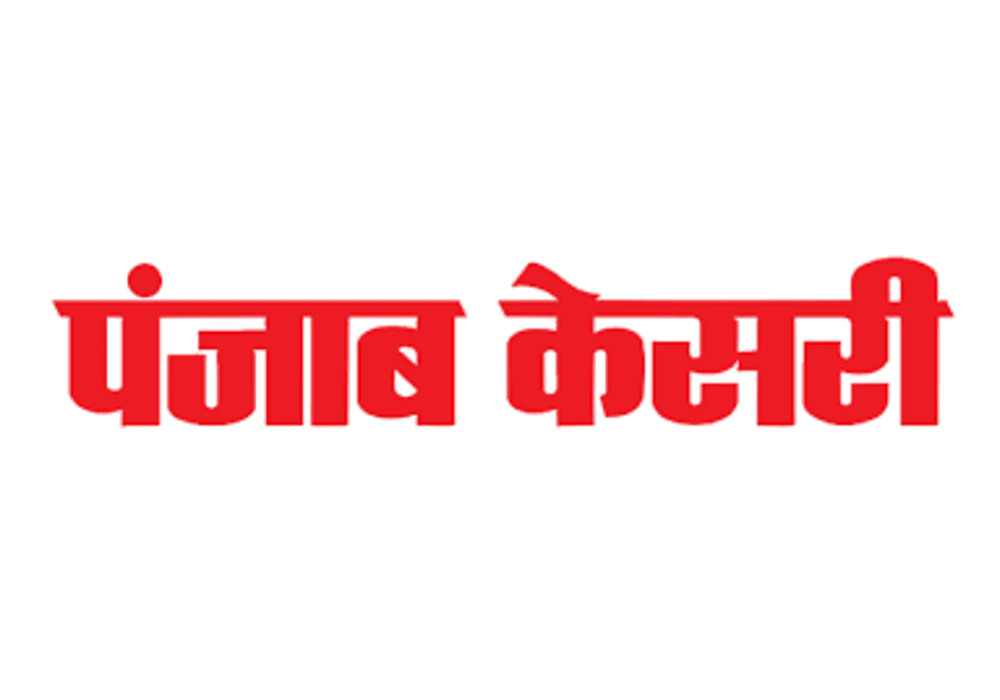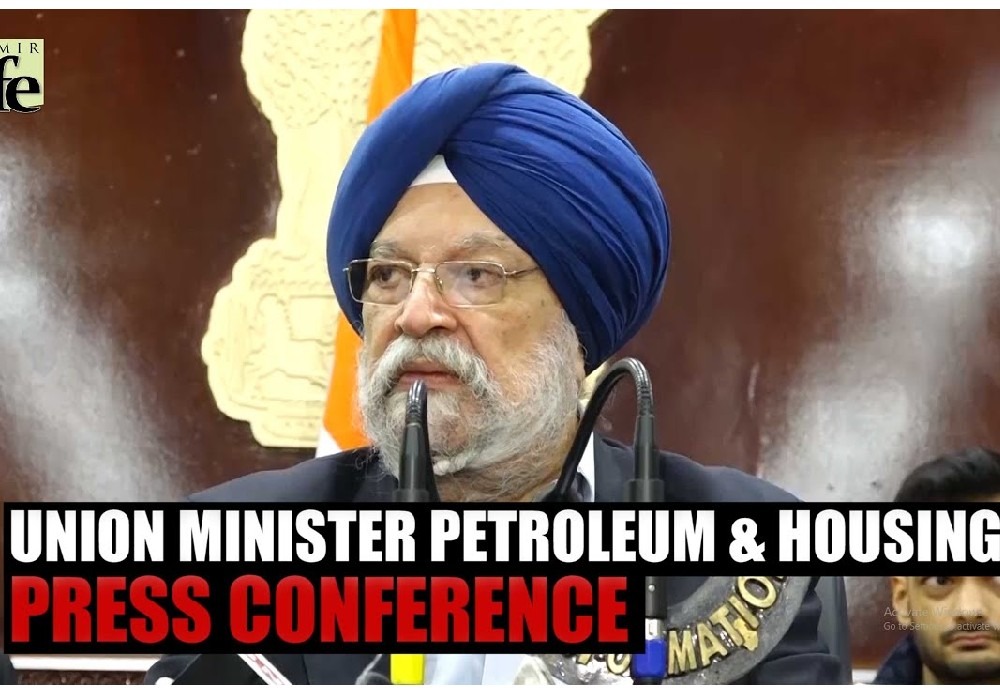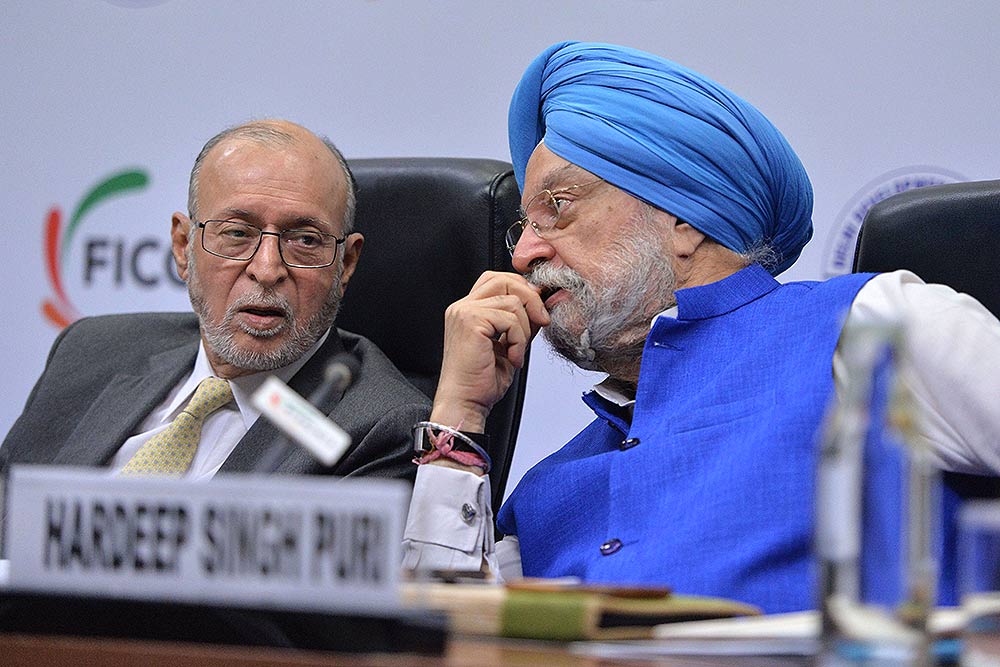DOMINANT narratives are often presented as an objective truth. It is important to remember that such narratives are often set by those with an agenda and hence the need for perspective. As British historian EH Carr famously said, “The historian without his facts is rootless and futile; the facts without their historian are dead and meaningless.”
The context and understanding of fuel prices provide a case in point. Unsustainably low petrol and diesel prices belong at best to a world of fantasy.
That fuel prices in India are high is based on a narrative that is deeply flawed. They are, in fact, among the lowest in the world largely due to Prime Minister Narendra Modi’s efforts at ensuring energy availability and affordability.
It was PM Modi who had cut the Central excise duty twice — in May 2022 and November 2021 — amounting cumulatively to Rs 13 per litre on petrol and Rs 15 per litre on diesel. This cost the Central exchequer
Rs 2.2 lakh crore a year.
Furthermore, the Government of India even imposed an export cess and windfall tax on domestically produced petroleum products last year to prevent exporters from profiteering at the cost of domestic consumers. Oil marketing companies (OMCs) being ‘good corporate citizens’ incurred huge losses during price peaks for ensuring the supply of petrol and diesel at controlled rates to Indian citizens, which have been kept unchanged by public sector OMCs since April 6, 2022.
Many state governments also came forward with VAT (value added tax) cuts to bring down the prices of petrol and diesel. However, many, not all, states are conspicuous by their determination to not cut VAT and lower fuel prices in the state.
It is worth highlighting that in the BJP-ruled states and the states that have cut VAT, the VAT rates on petrol and diesel are generally in the range of Rs 14.5/litre to Rs 17.5/litre, while in states that haven’t cut VAT, they are in the range of Rs 26/litre to
Rs 32/litre. This translates into a huge difference in the common man’s pocket and expenses.
In Congress-ruled Rajasthan, consumers are paying Rs 108.48/litre for petrol and Rs 93.8/litre for diesel which is approximately Rs 12/litre more on petrol and Rs 4/litre more on diesel than what consumers pay in neighbouring BJP-ruled Uttar Pradesh — Rs 96.57/litre and
Rs 89.76/litre, respectively.
Due to the lasting damage done by the UPA government between 2005 and 2012, under which long-term oil bonds worth Rs 1.44 lakh crore were issued instead of under-recoveries to the OMCs, Indian taxpayers are still paying back Rs 3.2 lakh crore as interest plus principal.
In YSR-Congress-ruled Andhra Pradesh, the prices of petrol and diesel at Rs 110.48/litre and Rs 98.27/litre, respectively, are almost Rs 10 higher than in Karnataka, where these are Rs 101.94/litre and Rs 87.89/litre, respectively. Andhra Pradesh holds the record for having the highest petrol price in India, for the second year running.
In TRS-ruled Telangana, consumers pay the second highest rate of petrol in India at Rs 109.66/litre. This is a whopping Rs 13/litre higher than in Uttar Pradesh (Rs 96.57/litre). In percentage terms, the VAT in Telangana on petrol is 35.2 per cent, compared to 26.8 per cent in UP. The VAT in Telangana on diesel is 27 per cent, compared to 17.48 per cent in UP.
In West Bengal, consumers pay
Rs 106.03/litre for petrol and
Rs 92.76 for diesel, whereas consumers in Assam only pay Rs 97.02/litre and Rs 88.3, respectively. If Bengal Chief Minister Mamata Banerjee cares for her people, then why doesn’t she bring the petrol price below Rs 100/litre?
The hypocrisy is bare and blatant and unhinged for all to see. Even when it comes to aviation fuel prices, which are crucial for the hospitality and travel sectors, the blatant greed of certain states is clear and visible. In the recent Maharashtra Budget, the state government slashed VAT on jet fuel to 18 per cent, while India’s biggest hub — Delhi — remains among the few states that still levy a very high tax — 25 per cent — on jet fuel.
While natural gas prices at the international gas indices (Japan Korea Marker) have increased by up to 228 per cent between January 2021 and February 2023, in India the CNG (compressed natural gas) price rise (Delhi representative market) was restricted to about 83 per cent, thanks to the steps such as increasing domestic gas allocation to about 250 per cent of the allocation since 2013-14 and diverting domestic gas from other non-priority sectors to meet the requirement for CNG (transport) and PNG (piped natural gas, domestic) segments.
Recently, the PM Modi-led Cabinet took a major decision to revise the pricing methodology of domestically produced natural gas; it continues to give a fillip to India’s goal of gas-based economy. This decision, which determines that Indian natural gas prices should be 10 per cent of the monthly average of the Indian crude basket, is being hailed as a balanced reform by the industry as well as consumers. While the industry benefits from a more dynamic and robust pricing mechanism, consumers are already reaping the benefits which have been passed on in the form of Rs 7-8 price cuts in domestic PNG and CNG.
Even as the world acknowledges India’s phenomenal success in providing accessible and affordable energy to its 1.4 billion citizens in these tumultuous times, a few hypocritical state governments and political leaders continue to blare nonsense while hiding their anti-citizen tactics. It is time for them to cut their state’s tax on fuel.

Synopsis Union Minister Hardeep Singh Puri stated India's commitment to an inclusive global energy future through open collaboration, highlighting the India-Middle ..

देश में एक करोड़ यात्री प्रतिदिन कर रहे हैं मेट्रो की सवारी: पुरी ..

Union Minister for Petroleum and Natural Gas and Housing and Urban Affairs, Hardeep Singh Puri addressing a press conference in ..

Joint Press Conference by Shri Hardeep Singh Puri & Dr Sudhanshu Trivedi at BJP HQ| LIVE | ISM MEDIA ..
(3).jpg)
"I wish a speedy recovery to former Prime Minister Dr Manmohan Singh Ji. God grant him good health," Puri wrote. ..